What is the best tile cutter? Should you opt for a manual tile cutter or an electric tile cutter? These might be the first questions you ask when you learn how to tile. These are the two best tile cutter types, but choosing the right one can be difficult. You should consider the specific job at hand, the materials you’re cutting, and the space you have to work in. That’s why we’re going over how to choose the best tile cutter for your project. When it comes to the great “manual vs electric tile cutter” debate, we’re here to help. Let’s get started!

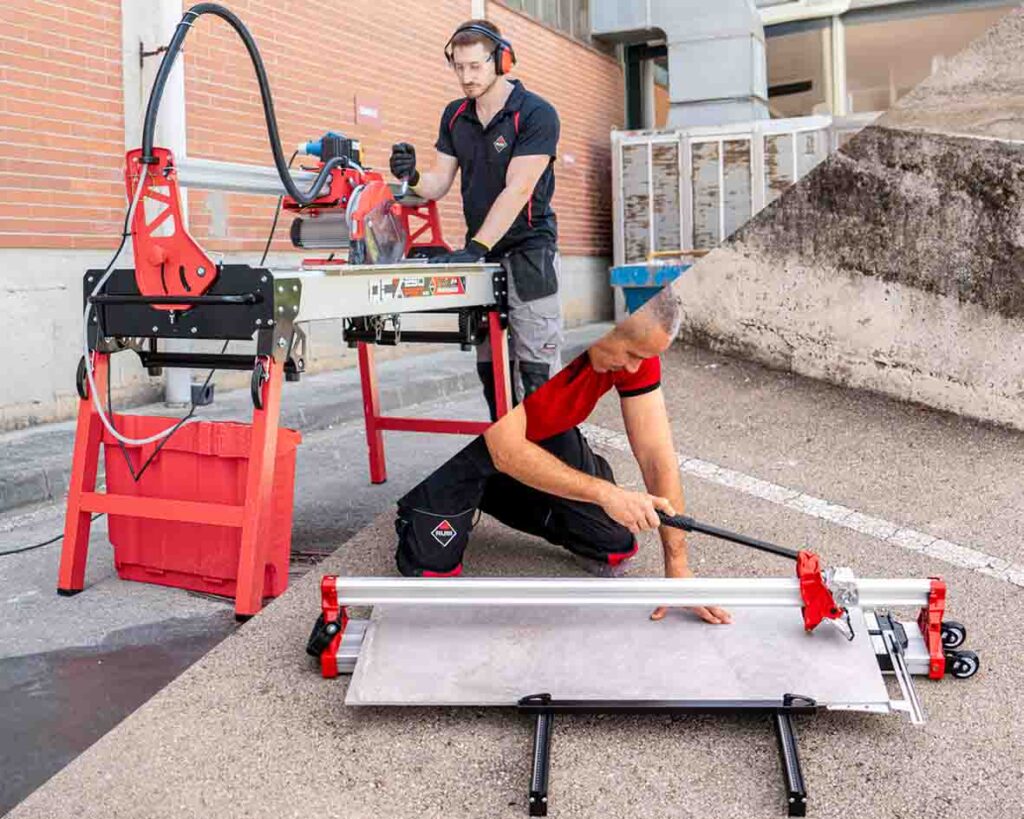
What Type of Tile Are You Using?
Tiles comes in many different varieties. Ceramic tiles, clay tiles, and porcelain tiles are the tiles you’ll commonly see at the store. However, these three types only scratch the surface.
Ceramic tiles are made from sand, water, and clay. The materials are moulded to shape and then baked in a kiln to remove moisture. Porcelain tiles are made from a denser type of clay compared to ceramic tiles. Whereas clay tiles are just made of clay.
Other tile types such as glass, concrete, or natural stone are used for any number of different applications. There’s no rule dictating which tile you can or can’t use for a project. Though some tiles are better suited for certain environments.
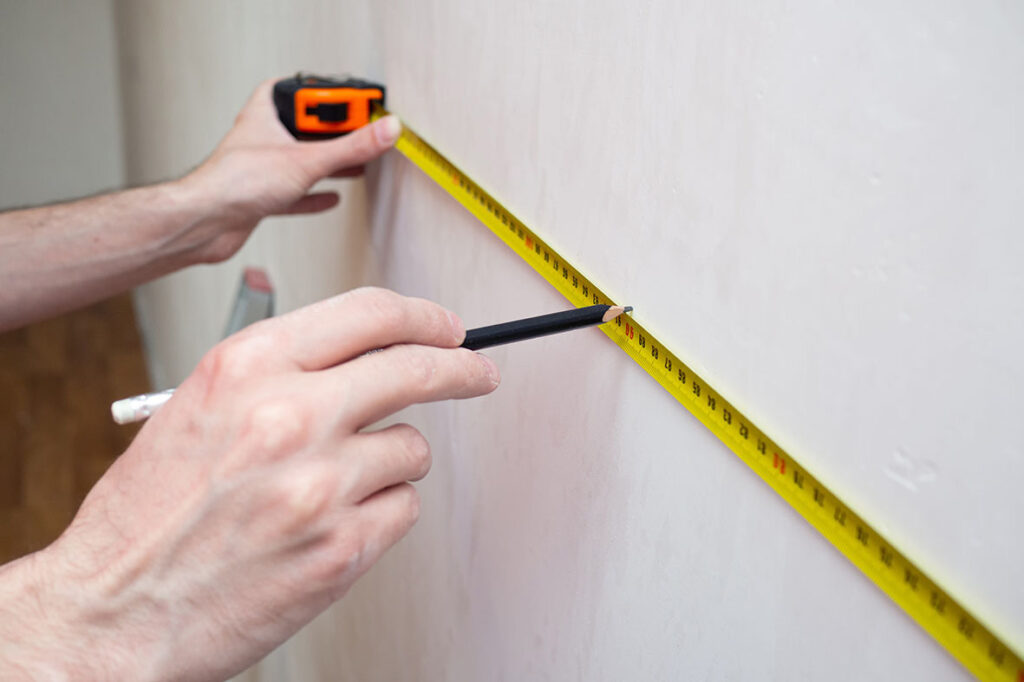
Measuring the Area You Will Tile
Every project comes with unique spatial challenges. Sometimes you need more tiles, sometimes less, but one thing will be consistent. No matter the job, you will need to cut some of your tiles.
Accurately measuring the area that you will tile is an important step for choosing the correct number of tiles for your project. Measure the entire area, by length, width, and height. Then, calculate the square meterage of the room factoring in all areas that will be tiled. Now, most tiles are sold in batches. It’s common for tile manufacturers to include the square meterage of the tiles on the packaging. So, by using the calculated squared meters of the room and the tiles, you can accurately calculate how many tiles you will need to buy. For more in-depth information, you can read our blog here.
Cutting Tiles
Chances are you’re not working with perfectly straight boundaries that are a multiple of your tile size. Cutting the tiles is the only way to make most projects work.
Your two best options for tile cutters are manual or electric tile cutters. Manual tile cutters generally take less time to use and are more convenient, but they are limited to straight cuts only. Electric tile cutters take more time to cut a tile and require more skill to use but can make a wider variety of cuts required on a job.
Each type is readily available from RUBI. Which one you should choose is an entirely different story. Ready to learn more about the difference between manual and electric tile cutters and find the best tile cutter for you?
Manual Tile Cutters
Everyone should have manual tile cutters in their toolbox. The cutters are typically rectangular in shape, with either two bars or one bar that runs from top to bottom.
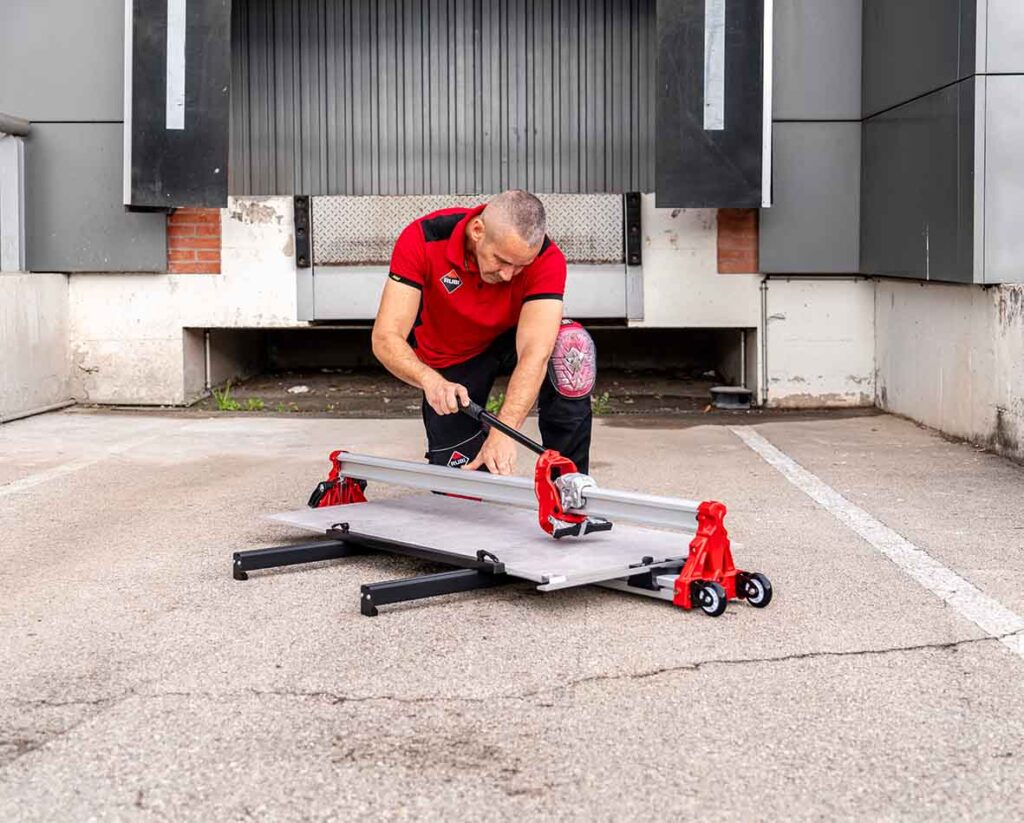
In between the two bars, or somewhere fixed to the one bar, will be a handle and a scoring wheel. This handle slides up and down along the guide bar/bars.
Tiles are placed on the bed of the tile cutter. Using the handle, you can score the tile from the bottom to the top. The tiles then break along the scored line.
Manual tile cutters are easier to set up and use than electric tile cutters. You need to place the tile in the cutter, score it, and then use the breaker which will snap the tile along the score.
Pro Tip
- Some harder porcelain tiles can be difficult to score and cut so we recommend using an extreme or endure scoring wheel. This tends to cut deeper into the surface of the tile, allowing for an easy and accurate cut.
- With ceramic tiles, a harder or deeper score can cause damage to the delicate glaze, so we would recommend a lighter score with a 6mm or 8mm scoring wheel.
Breaking tiles along the score isn’t always easy. Sometimes a manual tile cutter won’t score deep enough. Other times the tile has a lot of internal tension and doesn’t want to break accurately. Additionally, stress fractures can be created during transport which can cause tiles to break unexpectedly.
However, manual tile cutters have some major benefits. They’re cheaper than electric tile cutters, portable, and operating them doesn’t take intricate skill. (Though you do need skill to line up your tiles). Manual tile cutters work best for small kitchen splashbacks, projects with a lot of straight cuts, and projects where use of an electric tile cutter is unsuitable due to space limitations.
Our website lists a number of different manual tile cutters. RUBI carries different models and sizes made to accommodate any type of project. We sell the maintenance materials, like lubrication, to keep your cutter working smoothly. We also have a full range of different scoring wheels.

Electric Tile Cutters
Electric tile cutters are best for projects where manual tile cutters just aren’t cutting it (literally). At first glance, an electric cutter looks like a table saw. A diamond blade cuts the tile while a guide keeps your tile straight.
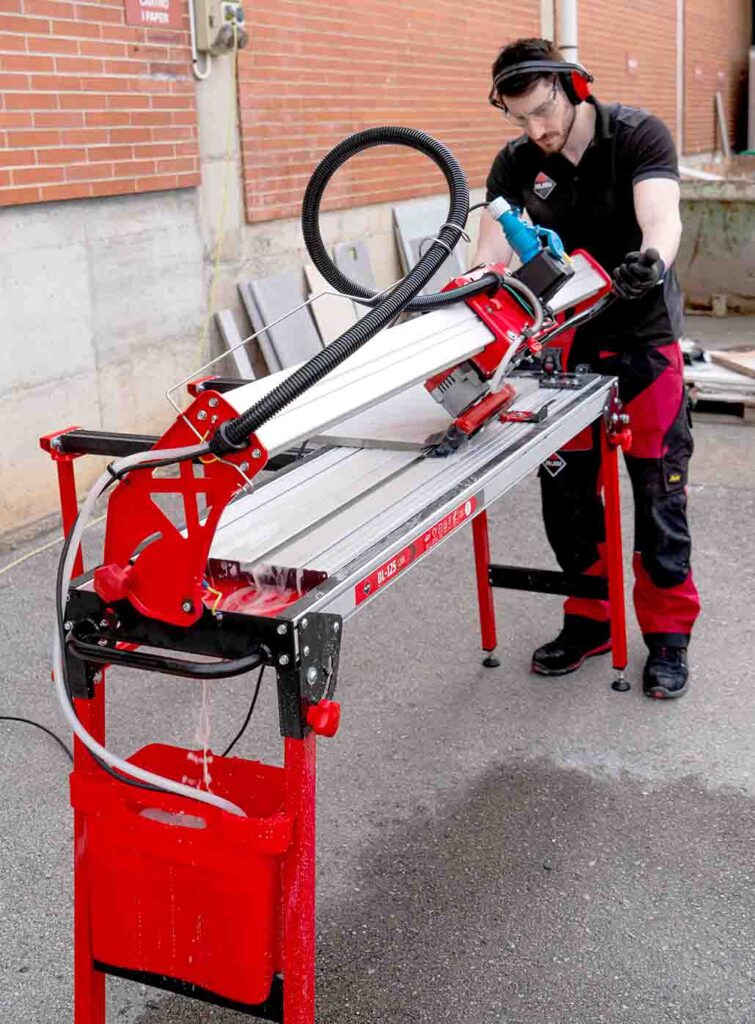
Water sprays from a spout, directed onto the cutting blade to ensure this is cooled during use. This also prevents the tile from smoking or burning during cutting. Some tables come with a water reservoir while others can connect to a water source, such as a bucket with a water pump.
Electric tile cutters cut tiles extremely straight. The guide helps make accurate cuts. While manual tile cutters can only cut straight lines, an electric tile cutter can create L-shaped or mitred cuts.
Electric tile cutters can also easily cut through harder materials. The diamond blade can cut the hardest varieties of tile. The electric tile cutter is a must if you are cutting natural stone tiles or wish to mitre your tiles for external corners.
Is it right for you?
Compared to manual tile cutters, electric tile cutters are best for large projects. You can cut all types of tiles with greater precision than manual tile cutters. The only price to pay is the set up and preparation of the working area. Because of the water used in cooling the diamond blades, there are some limitations in where you can set up.
Skill and size are the wet saw’s main drawback. The units are typically large and take time to learn how to set up properly. You also need to understand safety procedures before getting started. Please contact us if you’re unsure of the correct speed to cut using your electric tile saw. It can take time to learn how it should feel and sound.
Buying an electric tile cutter comes down to understanding what you need. Different saws come equipped for different jobs.
Choosing the Best Tile Cutter for Your Needs
The information above should serve as a good starting point. Material, project size, and skill all factor into your choice. However, the best tile cutter for your project isn’t always straightforward.
Sometimes money, time frame, tile type, etc. influence which tool to choose. If you’re short on time, do you really have the luxury of ordering an expensive electric cutter?
That’s where we’d like to help! Our experts would love to hear all about your project and help you decide between an electric and manual tile cutter. We’ll take the time to ensure you’re buying the best tile cutter for the job.
If you’re planning on tiling often, it might make sense to buy both. You’re likely to come across situations where you’ll need each tool and it’s always best to have the proper tool for the job.
If you’re ready to get started on your tiling project, get in touch with us. We can help you choose the best tile cutter for your needs.


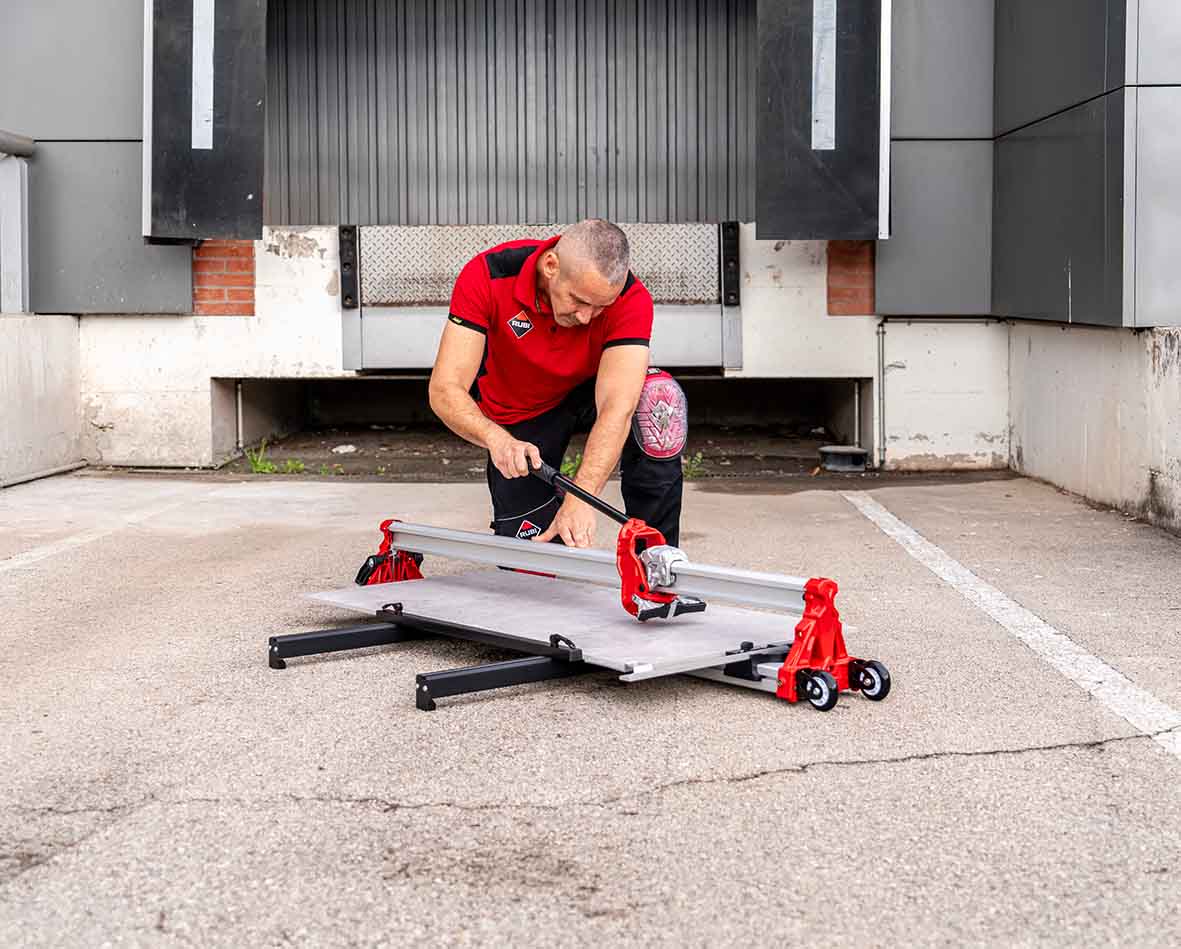
Post a comment